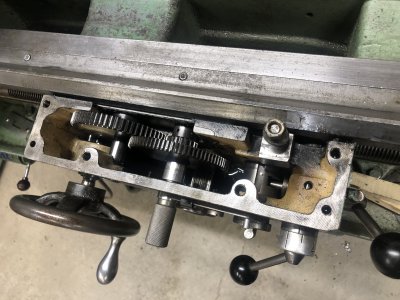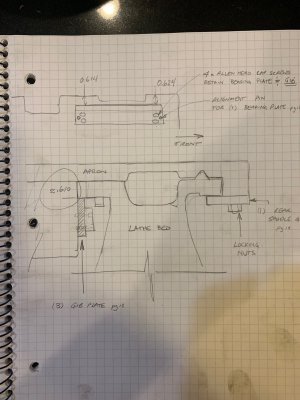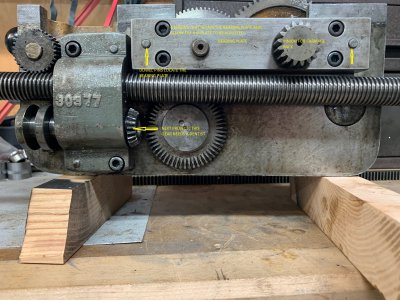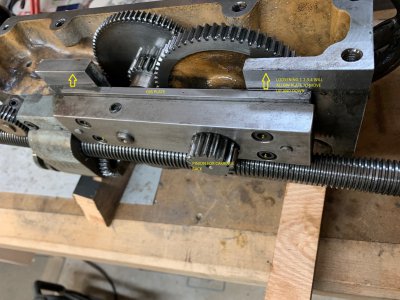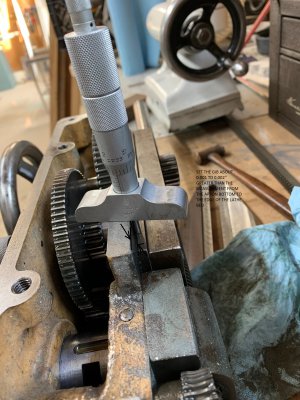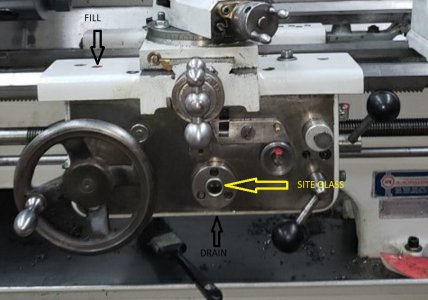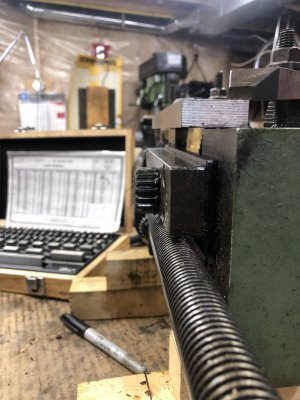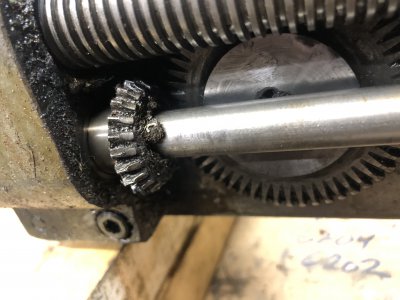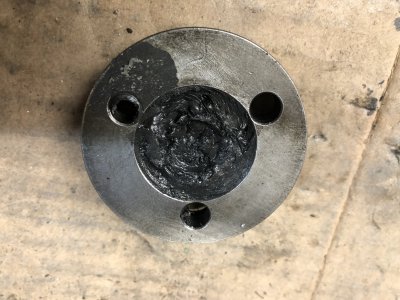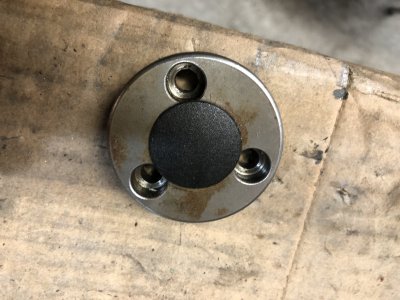Hello,
I have attached - or at least tried to, a PDF of the 10" LD Utilathe Operators manual. I have updated the manual and re-typed it out and added a few things to make it as complete as possible. This manual is a hard one to find and typically the 10" is wrapped up with the 12" lathe.
What I have found is that a lot of Utilathes are products of many years of changes and developments and part replacements may actually be parts from other series of lathes. My Utilathe has similar features to that of the 11" series 2000 lathe and I found several overlaps with the 12" LD.
Hopefully this manual will help someone out. I have pretty much disassembled the entire 10" lathe as well as a 9" Utilathe so if you have any questions I may be able to help you out.
I have attached - or at least tried to, a PDF of the 10" LD Utilathe Operators manual. I have updated the manual and re-typed it out and added a few things to make it as complete as possible. This manual is a hard one to find and typically the 10" is wrapped up with the 12" lathe.
What I have found is that a lot of Utilathes are products of many years of changes and developments and part replacements may actually be parts from other series of lathes. My Utilathe has similar features to that of the 11" series 2000 lathe and I found several overlaps with the 12" LD.
Hopefully this manual will help someone out. I have pretty much disassembled the entire 10" lathe as well as a 9" Utilathe so if you have any questions I may be able to help you out.


